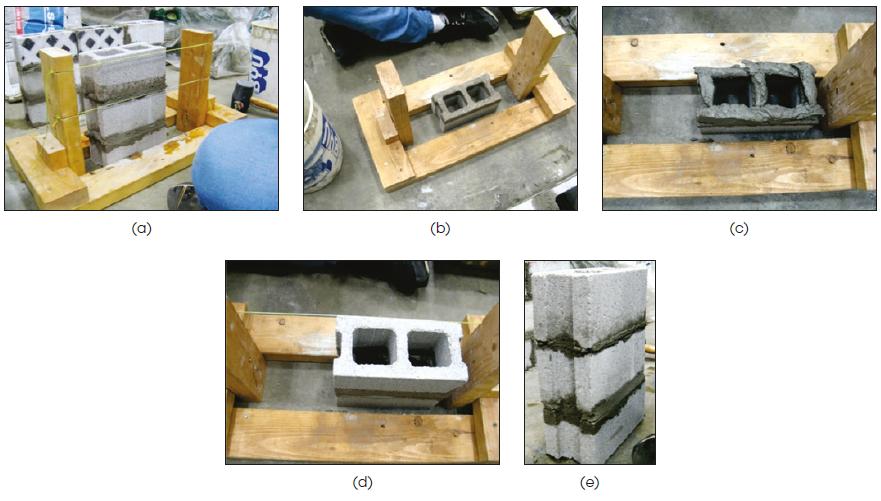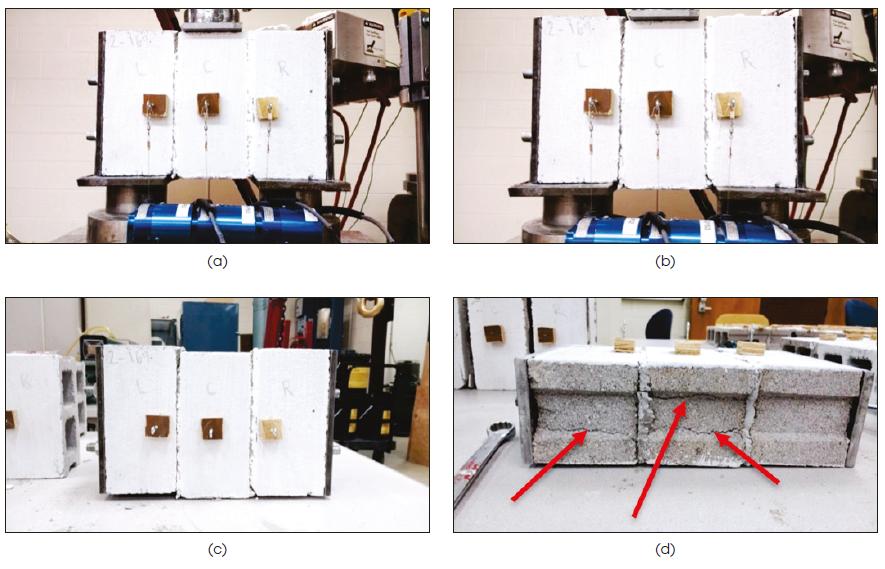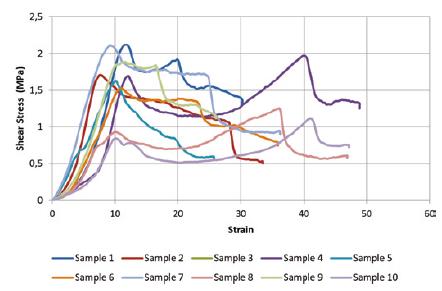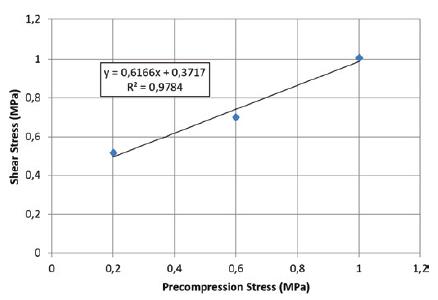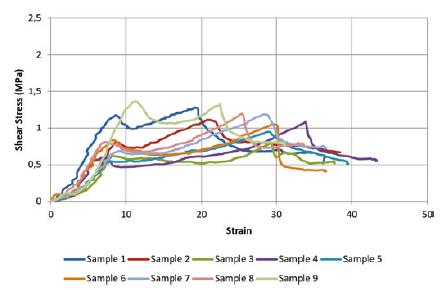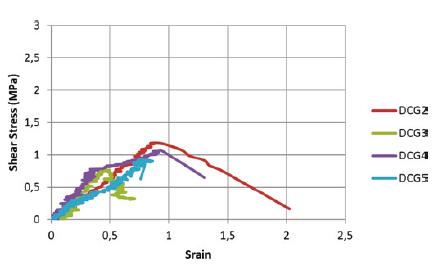Abstract
Masonry is a construction system that has been used since the beginning of civilization and is still used throughout the world. The finite element method is a recent development that allows complex problems, including structural masonry problems, to be solved. A vast amount of literature exists on finite element modeling, using software such as ABAQUS, to represent experimental masonry models. Based on this established pattern, an experimental and analytical research program was designed and implemented. Thus, a set of tests was conducted to determine the compressive and tensile strengths of the masonry components, i.e., block, mortar, and grout. Bond wrench tests, diagonal tension tests, and horizontal joint shear tests were conducted to characterize the interface between the blocks and the mortar. A finite element model was then developed to represent the physical models and the general conclusion is that the finite element model was able to represent reasonably well the physical models.
Keywords:
masonry; concrete block; mortar; finite element analysis; block-mortar interface

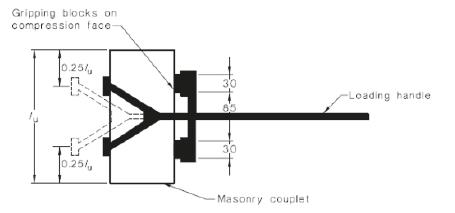 AS 3700 (2001) - Adapted
AS 3700 (2001) - Adapted
 AS 3700 (2001) - Adapted
AS 3700 (2001) - Adapted
 BS EN 1052-3 (2002) - Adapted
BS EN 1052-3 (2002) - Adapted
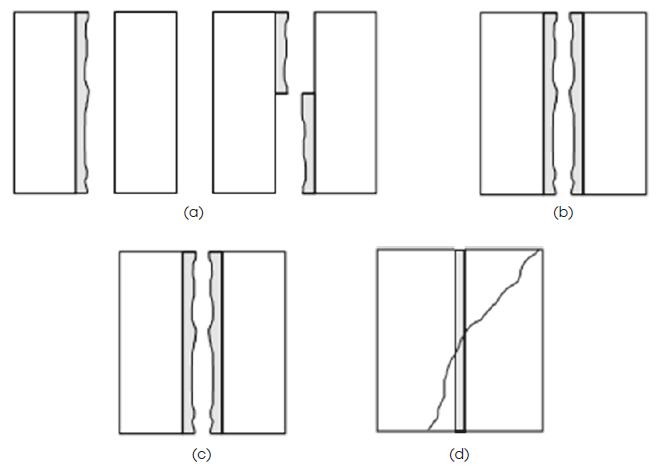 BS EN 1052-3 (2002) - Adapted
BS EN 1052-3 (2002) - Adapted
 BS EN 1052-3 (2002) - Adapted
BS EN 1052-3 (2002) - Adapted

